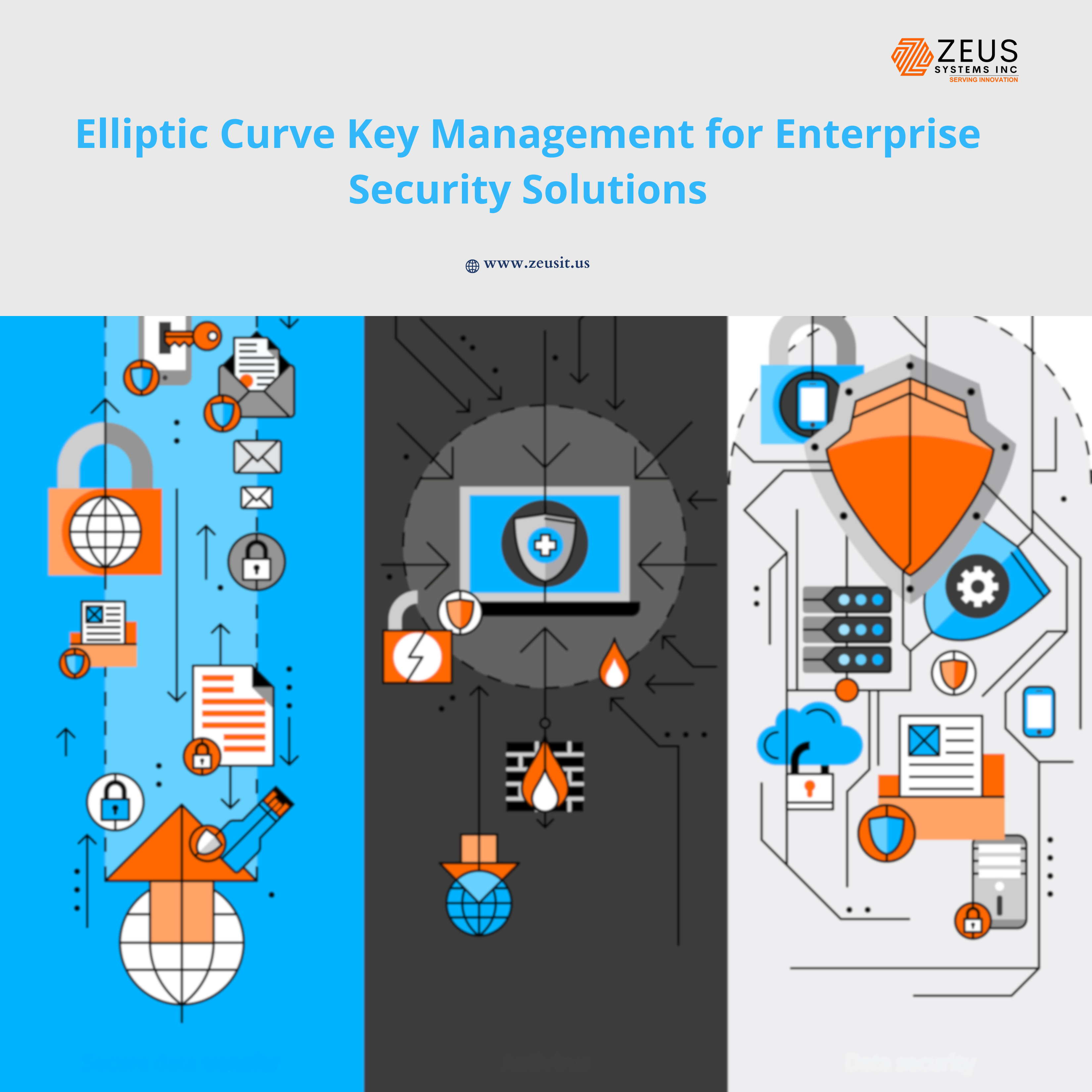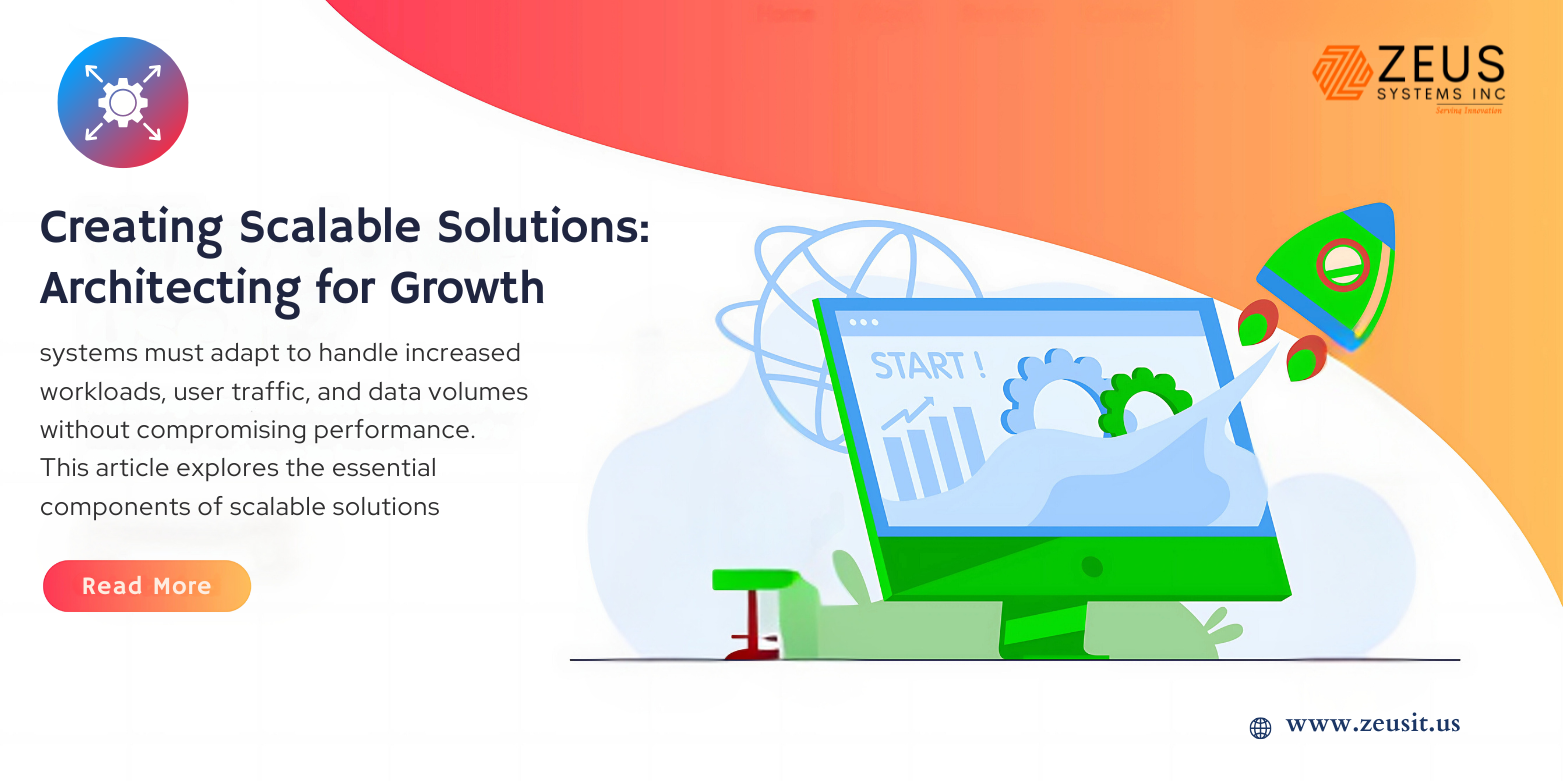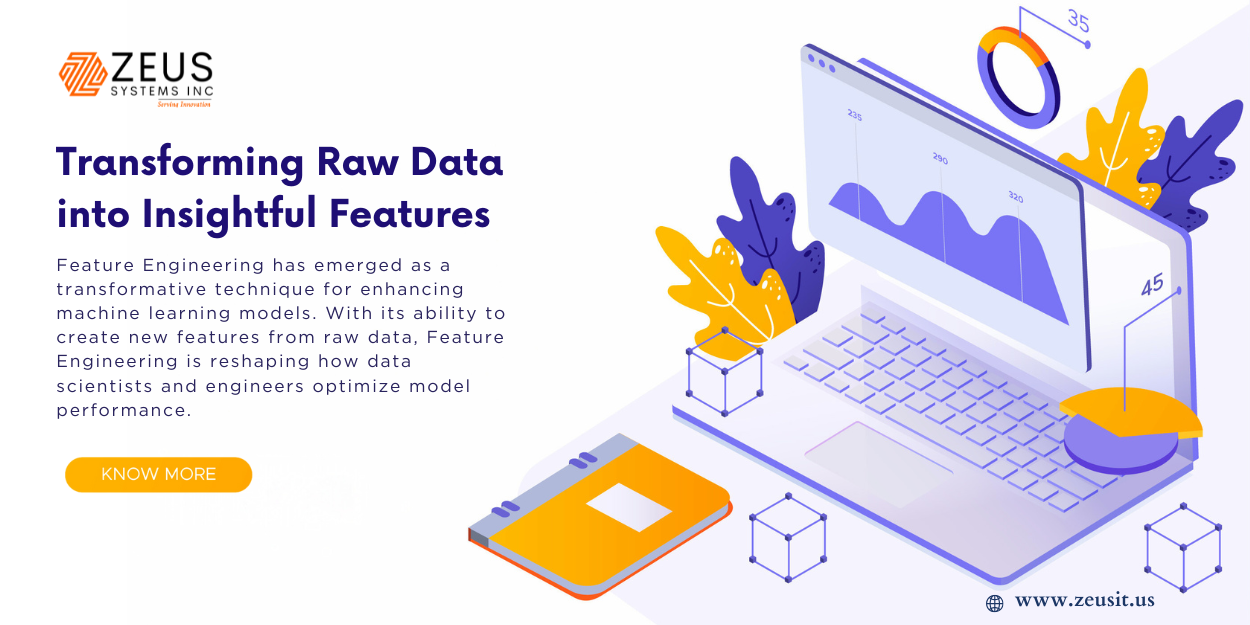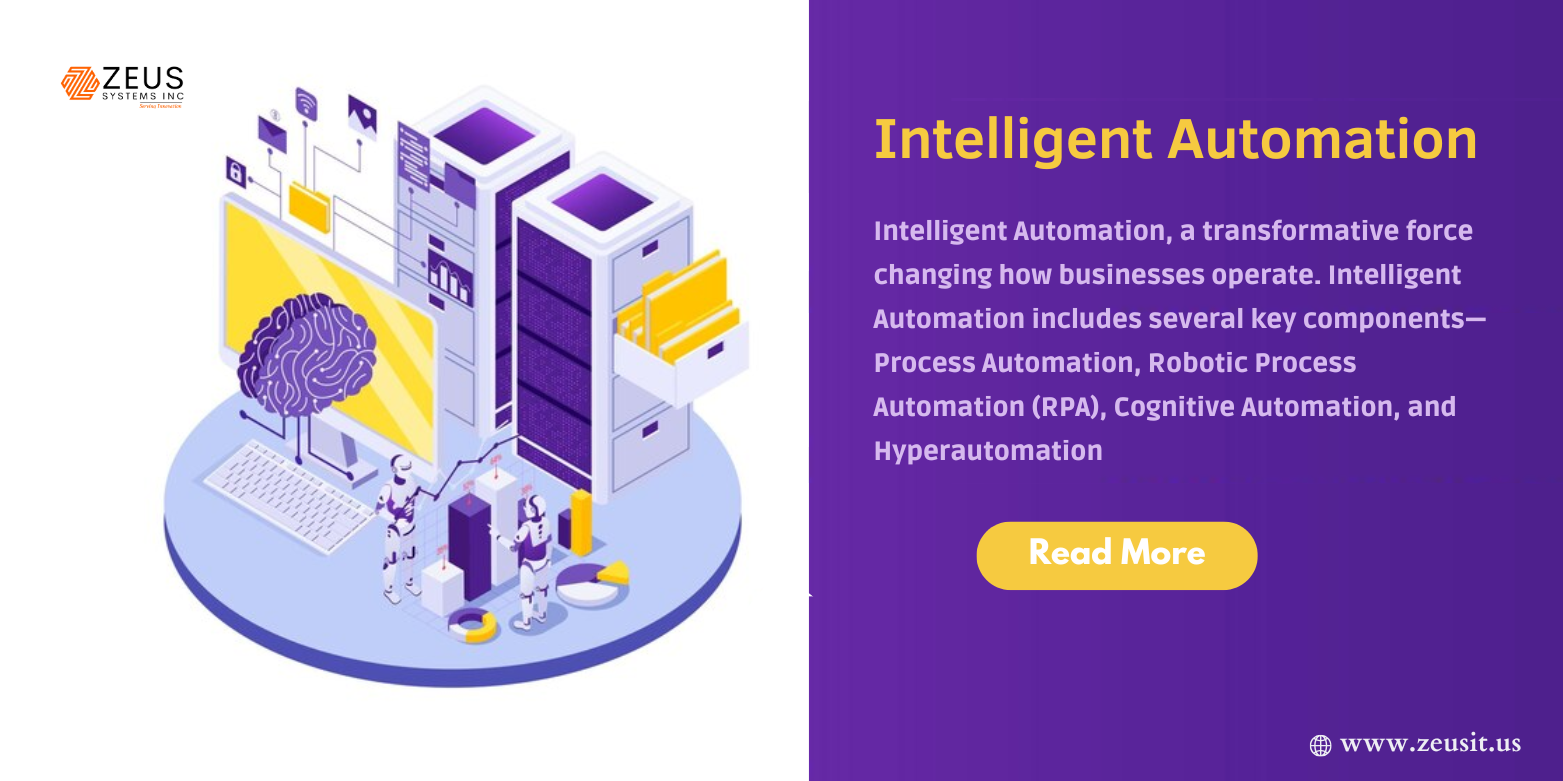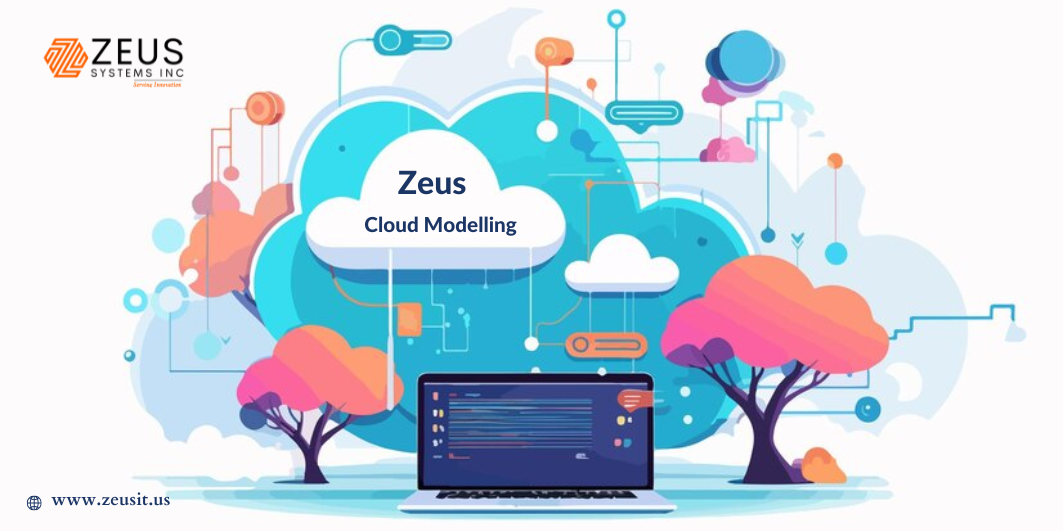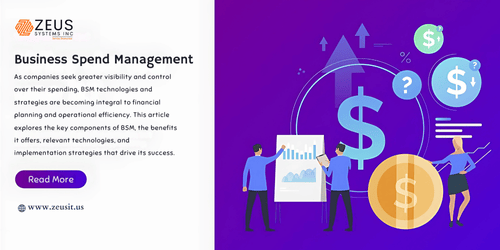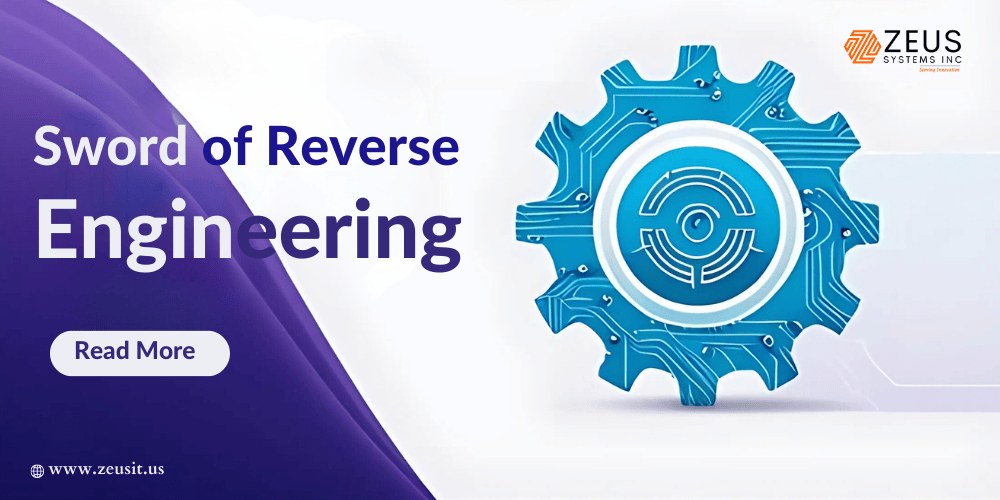Cybersecurity is paramount for enterprises seeking to protect their sensitive data and maintain the integrity of their operations. With the escalation of cyber threats, traditional cryptographic methods like RSA are facing scrutiny due to their increasing vulnerability, especially with the advent of quantum computing. Elliptic Curve Cryptography (ECC) emerges as a formidable alternative, offering robust security with more efficient performance. This article delves into the intricacies of ECC, particularly focusing on its application in key management for enterprise security solutions.
The Evolution of Cryptography
Cryptography has been the backbone of secure communication since ancient times. From the Caesar cipher to modern-day encryption algorithms, the evolution of cryptography has been driven by the need to stay ahead of potential threats. In the mid-1980s, ECC was introduced by Neal Koblitz and Victor S. Miller, marking a significant milestone in the cryptographic landscape. Unlike RSA, which relies on the difficulty of factoring large integers, ECC is based on the complex mathematics of elliptic curves over finite fields.
Understanding Elliptic Curve Cryptography
Mathematical Foundations
At its core, ECC utilizes the properties of elliptic curves defined by the equation:
y2=x3+ax+by^2 = x^3 + ax + b
This seemingly simple equation holds profound implications for cryptographic security. The primary advantage of ECC lies in its ability to achieve equivalent security with much smaller key sizes compared to traditional methods. For instance, a 256-bit key in ECC offers comparable security to a 3072-bit key in RSA, significantly reducing the computational load and enhancing performance.
Security Implications
The security of ECC is rooted in the Elliptic Curve Discrete Logarithm Problem (ECDLP). Given two points on an elliptic curve, PP and QQ, where Q=kPQ = kP (with kk being a large integer), determining kk given PP and QQ is computationally infeasible. This problem forms the basis of the security provided by ECC, making it resistant to current and foreseeable computational attacks, including those posed by quantum computers.
Key Management: The Cornerstone of Enterprise Security
Effective key management is crucial for maintaining the confidentiality, integrity, and availability of sensitive data in an enterprise environment. ECC’s contributions to key management can be categorized into several areas:
Secure Key Exchange
One of the most critical aspects of cryptographic systems is the secure exchange of keys. ECC’s Elliptic Curve Diffie-Hellman (ECDH) protocol facilitates a secure and efficient method for key exchange. ECDH allows two parties to establish a shared secret over an insecure channel, which can then be used to encrypt subsequent communications. The efficiency of ECDH lies in its ability to provide strong security with minimal computational resources, making it ideal for large-scale enterprise applications.
Steps in ECDH Key Exchange:
- Key Generation: Each party generates their own private key and computes the corresponding public key.
- Public Key Exchange: The parties exchange their public keys over an insecure channel.
- Shared Secret Computation: Each party uses their own private key and the other party’s public key to compute the shared secret.
- Key Derivation: The shared secret is used to derive encryption keys for secure communication.
Digital Signatures and Authentication
Digital signatures are vital for verifying the authenticity and integrity of electronic documents and communications. The Elliptic Curve Digital Signature Algorithm (ECDSA) is a widely adopted ECC-based signature scheme used in various security protocols. ECDSA provides robust authentication by ensuring that a message has not been altered and that it originates from a legitimate sender.
ECDSA Process:
- Key Pair Generation: The signer generates a private key and a corresponding public key.
- Message Hashing: The message to be signed is hashed using a cryptographic hash function.
- Signature Generation: The signer uses their private key and the hash of the message to generate a digital signature.
- Signature Verification: The recipient uses the signer’s public key and the digital signature to verify the authenticity of the message.
Data Encryption
Encrypting sensitive data is a fundamental requirement for enterprises to protect against unauthorized access. ECC-based encryption schemes, such as Elliptic Curve Integrated Encryption Scheme (ECIES), provide secure and efficient methods for data encryption. ECIES combines the strengths of ECC with symmetric encryption algorithms to ensure the confidentiality of data at rest and in transit.
ECIES Encryption Process:
- Key Pair Generation: The sender generates an ephemeral key pair and computes a shared secret using the recipient’s public key.
- Symmetric Key Derivation: The shared secret is used to derive a symmetric encryption key.
- Data Encryption: The data is encrypted using the symmetric key.
- Transmission: The encrypted data and the ephemeral public key are transmitted to the recipient.
- Decryption: The recipient uses their private key and the ephemeral public key to derive the symmetric key and decrypt the data.
Integration Challenges and Considerations
While ECC offers significant advantages, integrating it into existing enterprise systems presents several challenges. Enterprises must address these challenges to fully leverage the benefits of ECC:
Complexity of Implementation
Implementing ECC requires a thorough understanding of its mathematical foundations and cryptographic principles. Enterprises must ensure their IT teams are well-versed in ECC concepts and best practices. Additionally, proper implementation requires careful management of key generation, storage, and distribution processes to prevent potential vulnerabilities.
Interoperability Issues
Ensuring compatibility with legacy systems and other cryptographic standards can pose interoperability challenges. Enterprises must conduct extensive testing and validation to ensure seamless integration of ECC with existing infrastructure. This may involve updating software, hardware, and protocols to support ECC-based solutions.
Regulatory Compliance
Adhering to industry standards and regulatory requirements is essential for maintaining the legality and credibility of enterprise security solutions. Enterprises must navigate the regulatory landscape to ensure their use of ECC complies with guidelines set by organizations such as the National Institute of Standards and Technology (NIST) and the International Organization for Standardization (ISO).
Case Studies: ECC in Action
Several enterprises have successfully implemented ECC to enhance their security posture. Examining these case studies provides valuable insights into the practical applications and benefits of ECC in real-world scenarios:
Financial Services
A leading financial services company adopted ECC for securing its online banking and transaction systems. By implementing ECDSA for digital signatures and ECDH for key exchange, the company achieved a significant reduction in computational overhead while maintaining robust security. The adoption of ECC also facilitated compliance with stringent industry regulations, enhancing customer trust and confidence.
Healthcare Industry
A healthcare provider integrated ECC into its patient data management system to ensure the confidentiality and integrity of sensitive medical records. Using ECIES for data encryption, the provider successfully protected patient information from unauthorized access, even in resource-constrained environments. The efficient performance of ECC also enabled seamless integration with existing electronic health record systems.
Government Agencies
A government agency tasked with securing classified information implemented ECC to protect its communication channels. By leveraging the strengths of ECC in key management, the agency established secure communication protocols that were resilient to potential cyber threats. The agency’s adoption of ECC demonstrated its commitment to maintaining national security and protecting sensitive information.
Future Prospects and Emerging Trends
As the cybersecurity landscape continues to evolve, ECC is poised to play a pivotal role in the development of next-generation security solutions. Emerging advancements and trends in cryptography are likely to build on ECC’s principles, further enhancing its applicability and resilience against emerging threats:
Post-Quantum Cryptography
Quantum computing poses a significant threat to traditional cryptographic methods, including ECC. Researchers are exploring post-quantum cryptographic algorithms that can withstand quantum attacks. Hybrid cryptographic systems that combine ECC with post-quantum algorithms are being developed to ensure long-term security.
IoT and Edge Computing
The proliferation of Internet of Things (IoT) devices and edge computing requires efficient and scalable security solutions. ECC’s ability to provide strong security with minimal resource consumption makes it an ideal choice for securing IoT ecosystems and edge devices. Future developments in ECC are expected to focus on optimizing its performance for these environments.
Blockchain and Cryptocurrencies
ECC is widely used in blockchain technologies and cryptocurrencies, such as Bitcoin and Ethereum. Its role in ensuring secure transactions and validating digital signatures is critical for the integrity of these systems. As blockchain applications expand, ECC will continue to be a cornerstone of secure and efficient cryptographic practices.
Conclusion
Elliptic Curve Cryptography offers a compelling solution for enterprise security with its blend of strong security, performance efficiency, and adaptability. As enterprises navigate the complexities of modern cybersecurity, ECC key management solutions provide a robust framework for protecting sensitive data and ensuring secure communications. By staying ahead of the curve with ECC, enterprises can safeguard their digital assets and build a resilient defense against the ever-evolving landscape of cyber threats.
As the digital world continues to expand, the need for advanced cryptographic solutions like ECC becomes increasingly apparent. With its ability to provide high levels of security without compromising on performance, ECC is set to play a central role in the future of enterprise security solutions. Enterprises that embrace ECC will not only enhance their security posture but also position themselves as leaders in the ongoing battle against cyber threats.

